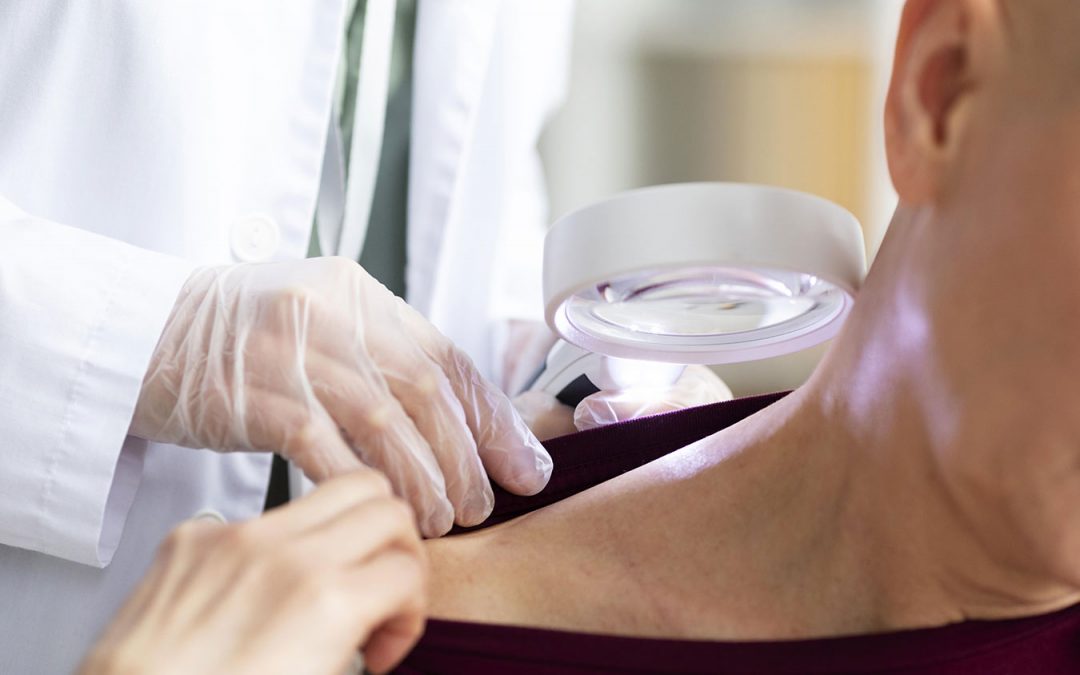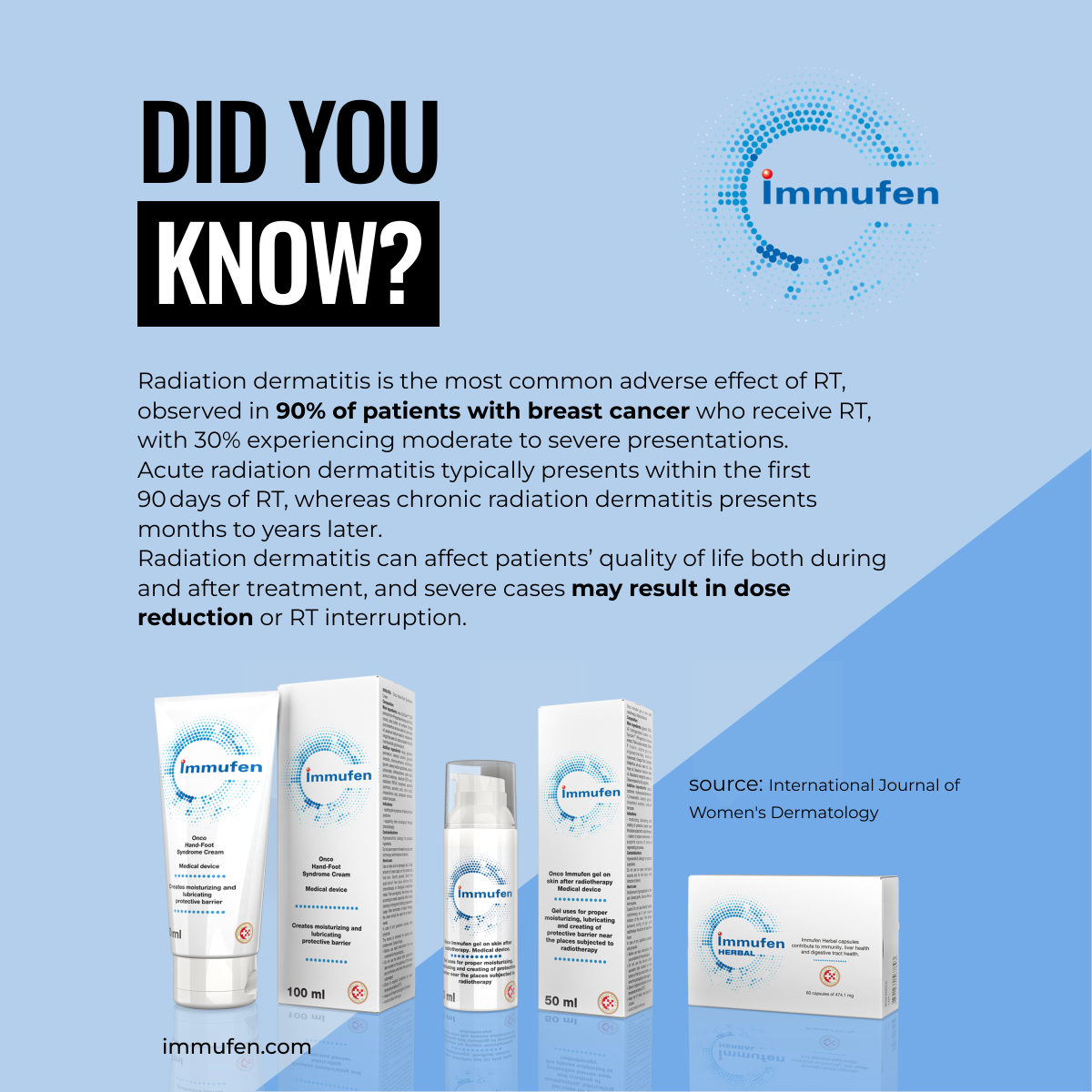Radiation therapy is a commonly used treatment for cancer that involves the use of high-energy radiation to target and destroy cancer cells. While radiation therapy can be highly effective, it can also have side effects (radiation dermatitis) on the surrounding healthy tissues, including the skin.
One of the common side effects of radiation therapy is radiation dermatitis, a condition characterized by inflammation and damage to the skin in the radiation field. In this article, we will discuss the symptoms of radiation dermatitis and provide guidance on how to alleviate them.
Symptoms of Radiation Dermatitis
Radiation dermatitis can present with various symptoms, ranging from mild to severe, depending on the individual and the intensity of the radiation treatment. Here are some common symptoms:
- Skin redness: One of the earliest signs of radiation dermatitis is redness or erythema of the skin in the treated area. The skin may appear pink or red and can be accompanied by warmth and tenderness.
- Dryness and itching: As radiation dermatitis progresses, the affected skin may become dry, itchy, and more sensitive. Patients may experience persistent itching, which can be very distressing and impact their quality of life.
- Swelling and edema: Radiation therapy can cause fluid accumulation in the tissues, leading to swelling and edema. This can result in discomfort and a feeling of tightness in the treated area.
- Peeling and blistering: In more severe cases, radiation dermatitis can cause the skin to peel, blister, or develop open sores. This can increase the risk of infection and require additional medical attention.
- Changes in skin texture: The skin in the radiation field may become rough, scaly, or develop a leathery texture. It may lose its elasticity and appear thinner than the surrounding skin.
Alleviating Symptoms
While dermatitis cannot be completely avoided, there are steps that can be taken to alleviate the symptoms and improve the overall comfort of patients. Here are some strategies that may help:
Proper skincare: Gentle and proper skincare is essential for managing symptoms. It is crucial to keep the skin clean and moisturized using mild, fragrance-free creams or product such as medical device in form of gel. Avoid harsh soaps, hot water, and scrubbing the affected area, as they can further irritate the skin.
Moisturize regularly: Applying a gentle, hypoallergenic moisturizer to the affected area can help maintain skin hydration and reduce dryness and itching. Moisturizers containing ingredients such as aloe vera or chamomile may provide additional soothing effects.
Avoid irritants: During radiation therapy, it is important to avoid using any harsh products or irritants on the treated skin. This includes perfumes, lotions with alcohol, and products containing dyes or fragrances. Opt for mild, non-irritating products that are specifically formulated for sensitive skin.
Protect the skin: Shielding the treated area from further trauma and sun exposure is crucial. Patients should avoid tight clothing, rough fabrics, and excessive friction on the affected skin. Protecting the skin from direct sunlight by wearing loose clothing and using broad-spectrum sunscreen with a high SPF is also recommended.
Manage itching: Itching can be a significant source of discomfort for patients with radiation dermatitis. Over-the-counter antihistamines or topical creams containing hydrocortisone may provide temporary relief. However, it is important to consult with a healthcare professional before using any new medications.
Seek medical advice: If symptoms worsen or become unbearable, it is important to seek medical advice. Healthcare professionals can assess the severity of radiation dermatitis and provide appropriate treatment options, such as prescription-strength topical creams or ointments.
Radiation dermatitis is a common side effect of radiation therapy for cancer treatment. It can cause a range of symptoms, including skin redness, dryness, itching, swelling, and peeling. While complete prevention may not be possible, managing radiation dermatitis symptoms is crucial for patient comfort and well-being.
By adopting proper skincare practices, avoiding irritants, protecting the skin, and seeking medical advice when necessary, patients can alleviate the discomfort associated with radiation dermatitis and promote healing. Close collaboration with healthcare professionals is essential to ensure optimal management of radiation dermatitis and to tailor treatment approaches to individual needs.


